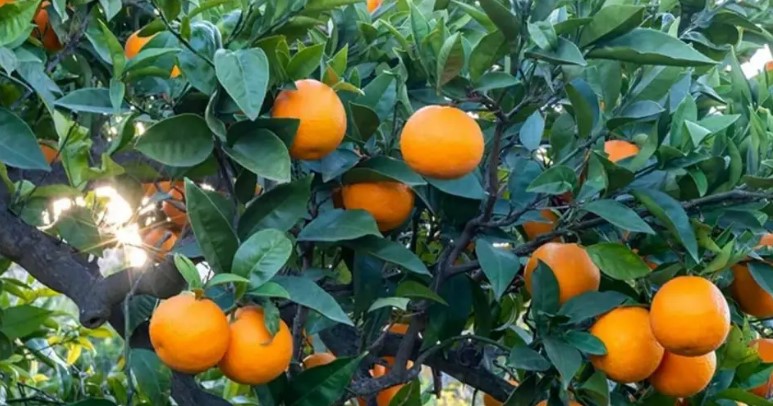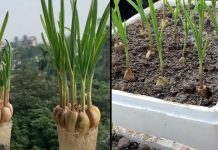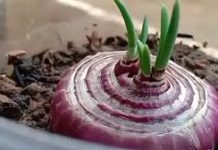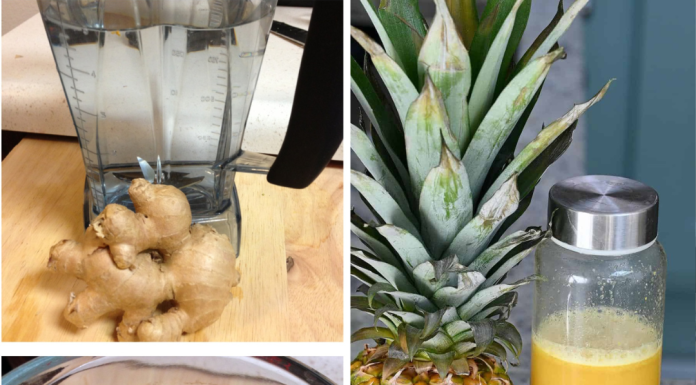A ripe orange produces an abundance of oblong, creamy white seeds that can be used to grow new orange trees ( Citrus sinensis L.). The seeds or pips germinate easily without pretreatment and will quickly produce lush, evergreen foliage. Orange trees grown from seed grow very slowly and most take seven to eight years to bear fruit.
Seed preparation
Orange seeds begin to lose viability as soon as you remove them from the fruit, so make sure you are prepared before cutting the orange. Take the seeds of a fully ripe fruit with a beautiful orange color and no trace of green. Harvest seeds from healthy, unblemished fruits with no signs of rot or mold. Use at least four orange seeds to increase the chance of successful germination, and rinse them well in clean, cold water to remove residual sugars. Spread the orange seeds on a sheet of paper towel to dry while you prepare the pots for germination.
Sowing Tips
The correct water balance and sowing depth are essential for successful germination of orange seeds. Use a clean 6- to 10-cm pot with at least two drainage holes at the base and a sterile potting soil made from equal parts crushed peat moss and small-grain perlite. Fill the pot to within 1 cm of the top with the soil mixture and place two seeds on the surface near the center, spacing them about 1 cm apart. Cover the seeds with a layer of 0.5 to 1 cm of potting soil. Spray the medium with water to settle everything together.
Care during germination
Orange seeds need temperatures above 21°C to germinate successfully. Arrange the pots on a germination mat or in a naturally warm place, such as above a refrigerator or near a water heater. Drape a sheet of plastic wrap over the pot to retain heat but keep the edges loose to allow excess moisture to escape. Keep the soil mixture evenly moist but allow the surface to dry slightly before watering again. Most healthy orange seeds germinate in 7 to 10 days when kept warm but some can take much longer. Once sprouts emerge, remove the plastic wrap and move the pots near a west- or south-facing window with at least four hours of sunlight per day.
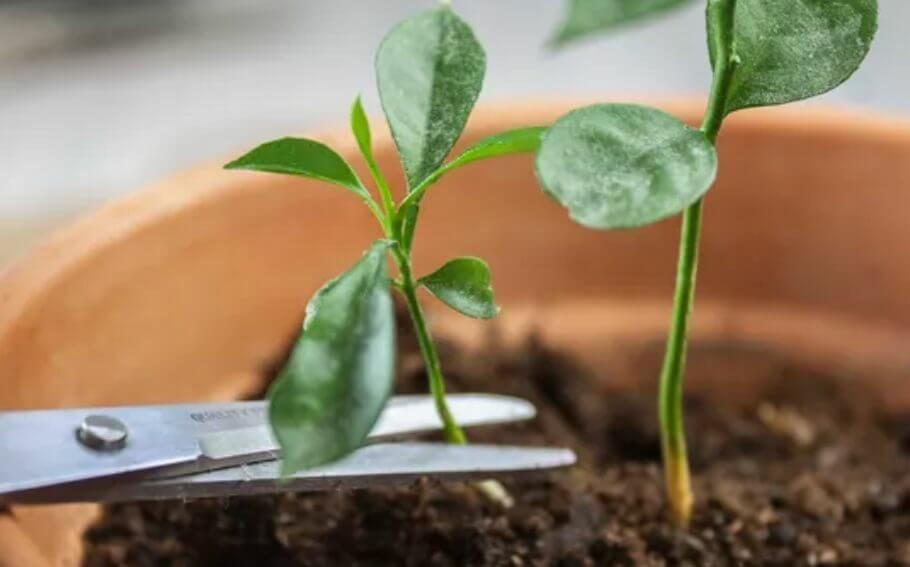
Seedling selection
Orange trees produce two different types of seedling shoots: genetic shoots and vegetative shoots. The vegetative shoots share the same traits as the parent tree, so they will eventually produce quality fruit. Germplasms have genetic variations due to cross-pollination, so they may not produce the same quality of fruit and must be removed. Each orange seed can produce three sprouts: one genetic and two vegetative. The vegetative shoots are vigorous and taller than the weaker genetic shoot. Cut the genetic shoot at the base using small scissors and discard it so that the vegetative shoots can grow without competition for nutrients.
Transplanting and monitoring the orange tree
The sterile medium used for orange seed germination lacks the nutrients necessary for healthy seedling development, so seedlings must be transplanted into new pots once they produce several sets of leaves. Move the seedlings into 10 to 15 cm pots filled with citrus-based potting soil. Again, use pots with drainage holes. Keep the seedlings in a bright, sunny location with a southern exposure and water them when the soil dries out on the surface, adding water until it runs from the bottom of the pot. Orange trees respond well to growing in containers but will perform best if planted outdoors in their preferred climate range.
Up to you !


